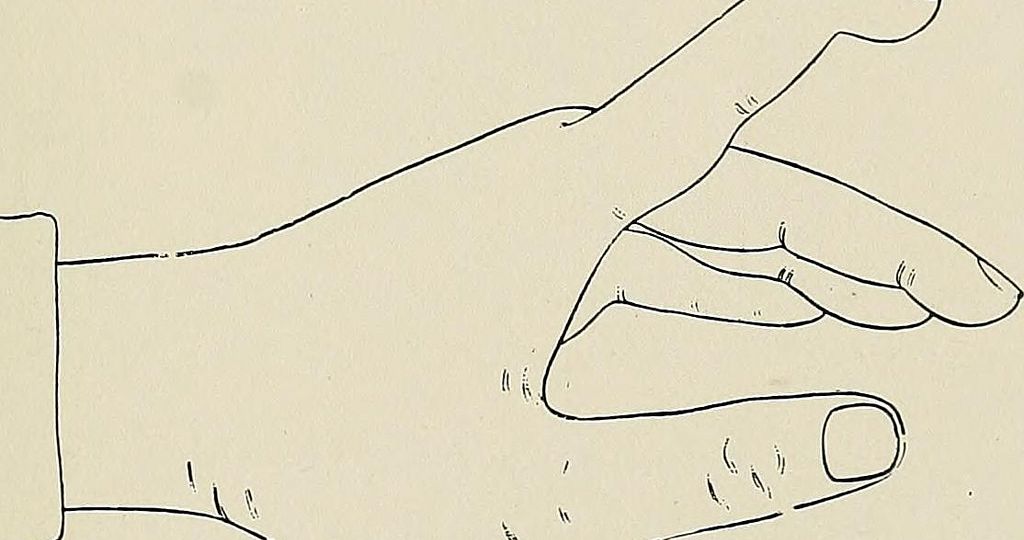
Despite rehabilitation tactics used to optimize the healing of tendons, there are many secondary Zone II complications that prevent full recovery. Decreased range of motion and increased stiffness due to tendon adhesion result fairly commonly. Developing the correct tactics to maintain the integrity of the repaired tendon while creating sufficient range of motion.
Although a standard form of tendon repair has not yet been developed, Most hand surgeons would agree that the most ideal tendon repair is to be dealt with atraumatically. This reduces complications like adhesion and guarantees minimal gap formation and more strength for the tendon to deal with tensile forces. This is especially important, given the reduced tensile strength of repaired tendons. Recovering as much tendon strength as possible is crucial when dealing with Zone II complications.
Zone II Complications Over The Years
Past attempts to heal Zone II tendon repairs involved cast-like structures to heal the affected tendon. It was a common belief that the healing of Zone II flexor tendons was dependent on extrinsic techniques. Vascular Perfusion and Orthosis were among the top forms of aid. An orthosis is placed on the affected tendon and remains there until the tendon can withstand motion. However, the zone II complications were quite severe, with the discovery of uncontrolled tendon adhesions. Functional mobility also suffered greatly after long-term healing as well as joint contracture and tendon glide.
This is not the case anymore however as new techniques have developed. These include 4 and 6 strand suture techniques, promoting earlier mobility and strengthening the tendon after long-term rehabilitation. Zone II complications attributed to tendon immobilization become scarcely present in techniques that promote early motion in the tendon.
There is still much to learn from Zone II tendon repair. More modern complications still revolve around tendon strength and range of motion. Even though the study and improvement of Zone II tendon repair have come far, there is much work to be done in order to create a standard rehabilitation method that maximizes repair strength and optimizes active mobilization.

